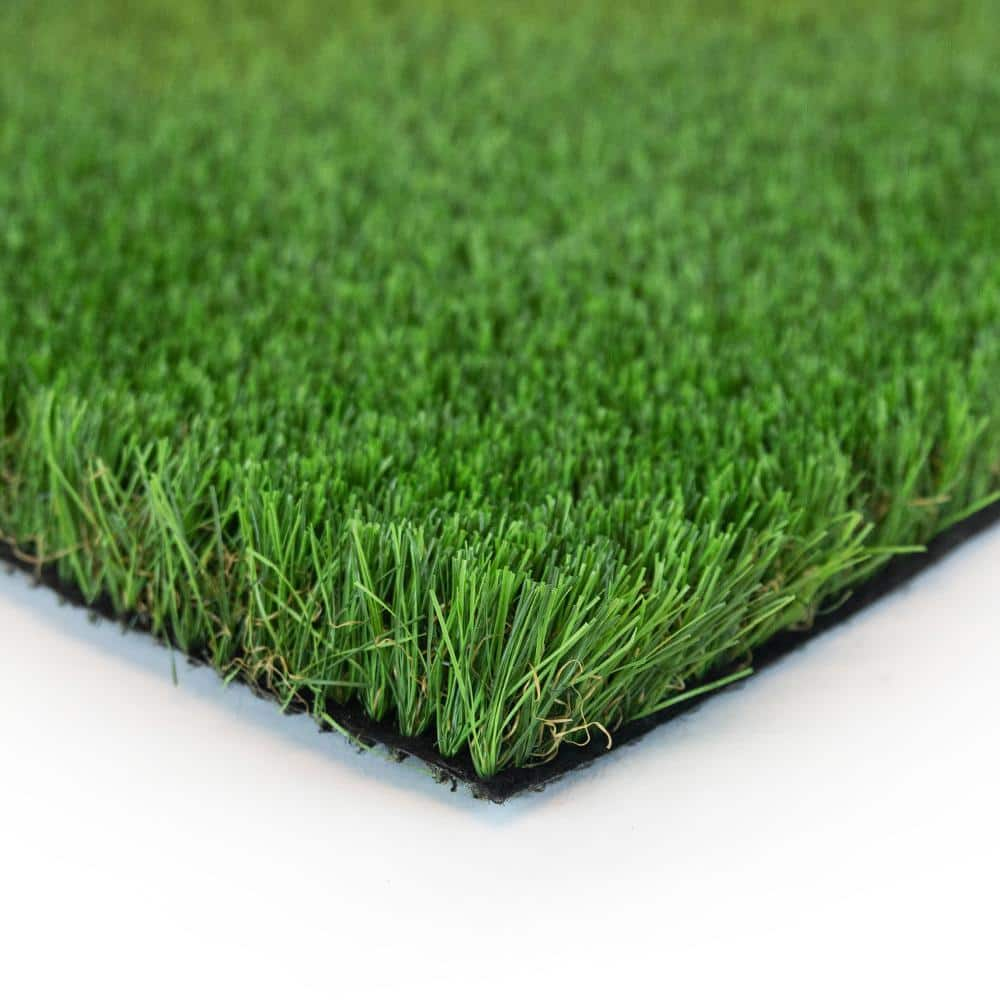Leading Phoenix Turf Companies Offering High-End Synthetic Lawn Products
Leading Phoenix Turf Companies Offering High-End Synthetic Lawn Products
Blog Article
Delve Into the Environmental Advantages of Opting for Artificial Grass Solutions
The fostering of man-made turf remedies presents a compelling possibility to attend to pushing environmental challenges. By considerably reducing water use and reducing the application of dangerous chemicals, these alternatives not just promote lasting landscaping yet also shield regional communities.
Water Conservation Perks
Among one of the most considerable advantages of artificial grass is its capacity to save water. Traditional grass yards require significant irrigation, particularly in locations susceptible to dry spell or water restrictions. In comparison, synthetic grass does not require watering, dramatically reducing the total need for water resources. This attribute is particularly valuable in arid regions where water deficiency is a pushing problem.
By getting rid of the need for normal watering, synthetic grass adds to lasting landscape techniques and helps reduce the ecological effect of excessive water consumption. The preservation of water expands to the decrease of runoff, which can lead to dirt disintegration and river pollution.
Furthermore, the installment of fabricated turf allows home owners and municipalities to allot water resources more successfully, concentrating on crucial uses such as drinking water and agriculture. The shift towards synthetic turf not just advertises accountable water usage however likewise straightens with more comprehensive environmental goals focused on preserving natural deposits.
As communities significantly focus on sustainability, the water conservation benefits of synthetic grass provide a compelling case for its fostering in residential and commercial landscape design projects.
Decreased Chemical Use
The change to artificial turf considerably decreases the dependence on chemical therapies frequently made use of in all-natural yard maintenance. Traditional lawn monitoring usually involves the application of herbicides, plant foods, and pesticides to promote growth and control bugs. These chemicals can position dangers to human wellness, local wildlife, and the setting, adding to soil and water contamination.
In comparison, artificial grass removes the demand for these dangerous compounds. By decreasing the release of artificial substances right into the community, man-made grass promotes healthier soil and water systems.
Additionally, the lack of chemical runoff related to synthetic grass installments assists safeguard regional waterways from pollution, sustaining marine life and preserving biodiversity. Phoenix turf companies. As areas progressively focus on sustainable practices, deciding for synthetic lawn offers a sensible service that straightens with ecological conservation objectives. Through this shift, homeowner can take pleasure in lush eco-friendly areas without compromising ecological wellness, leading the way for a more lasting future
Reduced Carbon Footprint

Moreover, the setup of synthetic grass can result in substantial water preservation. here are the findings Natural grass call for significant quantities of water for watering, which not just adds to the carbon footprint related to water removal and treatment but additionally stress local water sources. On the other hand, fabricated turf needs very little maintenance, requiring no watering, thus substantially lowering water usage and its linked power costs.
Additionally, the longevity of fabricated lawn adds to its lower carbon effect. With a lifespan of as much as 15 years wikipedia reference or even more, the need for frequent substitutes is diminished, causing much less waste and lower power intake in production and dealing with conventional lawn choices. Overall, fabricated grass provides a lasting choice for environmentally mindful landscaping.
Habitat Preservation
Habitat preservation is an essential consideration in the debate over landscaping selections, specifically when contrasting synthetic grass to natural yard. Natural yard yards often call for extensive maintenance, including making use of plant foods, chemicals, and herbicides, which can negatively affect neighborhood communities. These chemicals can seep right into the dirt and rivers, damaging indigenous vegetation and fauna and interrupting neighborhood environments.
Synthetic turf gets rid of the requirement for harmful chemicals, therefore protecting neighboring wildlife and maintaining the integrity of bordering ecological communities. The installation of man-made lawn can lead to the conversion of previous grass locations into more biodiverse landscapes, such as pollinator yards or indigenous plant locations, which can sustain regional wildlife.
Inevitably, the change to synthetic lawn not just preserves water and reduces maintenance initiatives but additionally promotes an extra unified partnership between human activities and the natural surroundings, advertising habitat visit site preservation in the procedure.
Long-Term Sustainability
Long-term sustainability is a crucial consider examining the benefits of artificial turf over traditional yard lawns. One of one of the most substantial benefits of man-made grass is its sturdiness; it can last approximately 15-20 years with minimal upkeep, whereas natural lawn needs frequent reseeding and replacement. This durability lowers the requirement for continuous resources, such as water, fertilizers, and pesticides, which are necessary for keeping a healthy grass lawn.
In addition, synthetic grass adds to a reduction in carbon discharges related to lawn treatment tools. Typical grass usually call for gas-powered mowers, leaners, and blowers, all of which add to air pollution. Artificial turf companies phoenix. On the other hand, artificial grass gets rid of the demand for such tools, advertising a cleaner atmosphere
Furthermore, the manufacturing of synthetic grass significantly utilizes recycled products, boosting its sustainability account. As producers take on green practices, the ecological impact of fabricated lawn remains to decrease.

Verdict
The fostering of fabricated grass remedies provides considerable environmental benefits, consisting of substantial water preservation, lowered reliance on unsafe chemicals, and a reduced carbon footprint. Artificial lawn aids in maintaining natural environments by minimizing land disturbance and advertising lasting sustainability through the use of resilient products. Jointly, these elements highlight the potential of artificial grass to contribute favorably to ecological health and wellness and provide a sensible alternative to traditional landscape design methods in an increasingly resource-conscious globe.
In comparison, artificial grass does not require watering, dramatically lowering the total need for water sources. By decreasing the launch of artificial compounds right into the environment, fabricated lawn advertises much healthier soil and water systems.
Additionally, the installment of artificial grass can result in considerable water conservation. In contrast, synthetic turf needs minimal maintenance, requiring no watering, thereby considerably reducing water usage and its associated energy prices.
Report this page